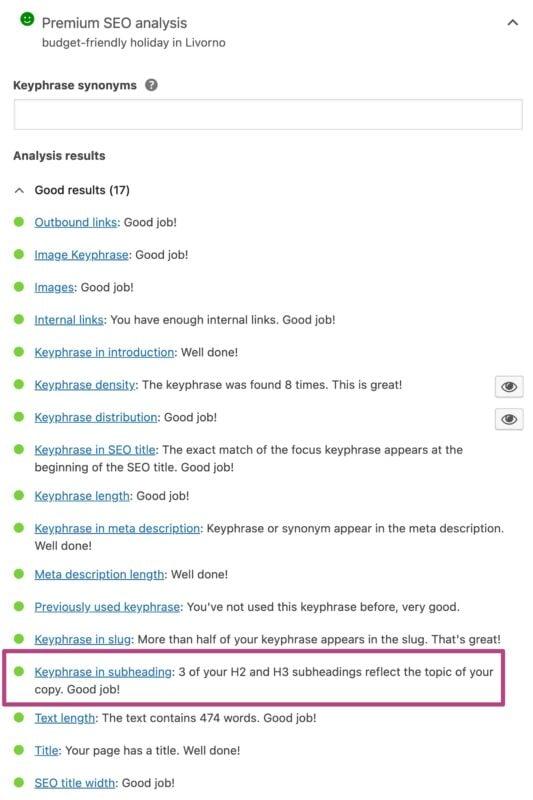Djibouti Accelerates Energy Transformation with Ministerial Participation at African Energy Week 2025
Djibouti is rapidly advancing its energy sector reforms as part of the ambitious Vision 2035 agenda, aiming to emerge as a key energy nexus in East Africa. The nation’s Minister of Energy and Natural Resources has confirmed active involvement in African Energy Week (AEW) 2025, a leading continental event that gathers top industry stakeholders to discuss innovative technologies, foster strategic partnerships, and attract investment into Africa’s evolving energy markets. This participation underscores Djibouti’s strategic focus on leveraging its abundant natural resources and prime geographic location to drive economic growth, expand electricity access, and entice international investors. AEW provides an essential forum for collaboration; Djibouti’s engagement signals its proactive stance in shaping a sustainable energy future for the continent while advancing national development priorities.
Djibouti’s Pathway to a Sustainable Energy Future by 2035
Aligned with Vision 2035 goals, Djibouti is implementing comprehensive reforms aimed at diversifying its power generation portfolio through renewable sources such as geothermal heat extraction, solar photovoltaic systems, and wind power harnessed from coastal breezes. The government targets full electrification across all regions while drastically cutting greenhouse gas emissions—positioning itself as a pioneer in green energy adoption within East Africa.
Core strategies driving this transformation include:
- Expansion of Renewable Infrastructure: Rapid construction of solar farms and wind parks designed to enhance grid diversity.
- Regional Integration Efforts: Deepening cooperation with neighboring countries via joint projects that improve grid resilience and resource sharing.
- Community Engagement Programs: Initiatives promoting public awareness and participation in sustainable energy practices.
To support these ambitions, Djibouti has established collaborations with global development agencies offering technical assistance and funding. At AEW 2025, the Minister highlighted innovation-driven efficiency gains as critical levers for climate action coupled with economic stability. A phased roadmap outlines key milestones:
| Target Year | Sustainability Milestone |
|---|---|
| 2025 | Renewables constitute at least 50% of electricity production |
| 2030 | Sustainable electrification reaches three-quarters of households nationwide |
| 2035 | A fully renewable-powered national grid achieved |
Minister Outlines Renewable Energy Strategies at AEW 2025 Summit
The Minister presented an integrated strategy during AEW focusing on realizing Djibouti’s clean energy vision embedded within Vision 2035. Emphasizing sustainability as foundational for enduring prosperity, priority areas included:
- Solar Power Development: Capitalizing on consistently high solar irradiance by deploying large-scale photovoltaic arrays.
- Diversified Wind Projects: Harnessing steady Red Sea coastal winds through strategically located turbines to supplement supply.
- Cultivating Local Talent: strong > Establishing training programs aimed at building domestic expertise in renewable technology installation and maintenance.
The minister also stressed the importance of regional collaboration—promoting shared infrastructure investments alongside knowledge exchange platforms—to collectively overcome technological challenges. Discussions further identified partnership opportunities targeting specific outcomes such as:
| Collaboration Focus Area | Expected Outcome | |
|---|---|---|
| Resource Sharing | Enhanced cross-border grid reliability. | |
| Joint Research & Innovation | Creation of customized solutions addressing local needs. | |
| Investment Mobilization | Increased capital inflows enabling project scale-up. |
Investment Opportunities Driving Djibouti’s Energy Expansion
Djibouti boasts one of East Africa’s most favorable renewable resource endowments—with average daily sunlight exceeding six peak sun hours alongside consistent coastal winds averaging speeds optimal for turbine efficiency—poised to accelerate its clean power transition under Vision 2035.
For investors seeking entry into this dynamic market segment, several strategic approaches are recommended:
- Public-Private Partnerships :Advanced Technology Integration :Infrastructure Modernization :
Additionally , establishing dedicated innovation funds combined with investor-friendly regulatory frameworks could stimulate growth by incentivizing project launches through tariff incentives , tax reliefs , or streamlined permitting processes . A sample investment roadmap includes :
Initiative
Description
Looking Ahead: Prospects for Djibouti’s Evolving Energy Sector
Djibouti’s steadfast commitment toward fulfilling Vision 2035 marks a transformative trajectory focused on sustainable growth paired with enhanced energy security — positioning it prominently amid Africa’s accelerating shift towards green economies.
The Ministry’s proactive role during African Energy Week reflects not only national ambition but also openness toward forging strong regional & international alliances — vital drivers propelling progress.
As implementation unfolds , global stakeholders will closely observe how these initiatives reshape infrastructure landscapes & socio-economic conditions locally.
With clearly defined targets mapped out , Djibouti stands ready to become an influential force steering continental efforts toward cleaner , more accessible power — ultimately elevating living standards throughout society.
This journey is just beginning; upcoming years promise significant achievements translating visionary commitments into concrete realities.
Djibouti boasts one of East Africa’s most favorable renewable resource endowments—with average daily sunlight exceeding six peak sun hours alongside consistent coastal winds averaging speeds optimal for turbine efficiency—poised to accelerate its clean power transition under Vision 2035.
For investors seeking entry into this dynamic market segment, several strategic approaches are recommended:
- Public-Private Partnerships :Advanced Technology Integration :Infrastructure Modernization :
Additionally , establishing dedicated innovation funds combined with investor-friendly regulatory frameworks could stimulate growth by incentivizing project launches through tariff incentives , tax reliefs , or streamlined permitting processes . A sample investment roadmap includes :
Initiative Description Looking Ahead: Prospects for Djibouti’s Evolving Energy Sector
Djibouti’s steadfast commitment toward fulfilling Vision 2035 marks a transformative trajectory focused on sustainable growth paired with enhanced energy security — positioning it prominently amid Africa’s accelerating shift towards green economies.
The Ministry’s proactive role during African Energy Week reflects not only national ambition but also openness toward forging strong regional & international alliances — vital drivers propelling progress.
As implementation unfolds , global stakeholders will closely observe how these initiatives reshape infrastructure landscapes & socio-economic conditions locally.
With clearly defined targets mapped out , Djibouti stands ready to become an influential force steering continental efforts toward cleaner , more accessible power — ultimately elevating living standards throughout society.
This journey is just beginning; upcoming years promise significant achievements translating visionary commitments into concrete realities.

